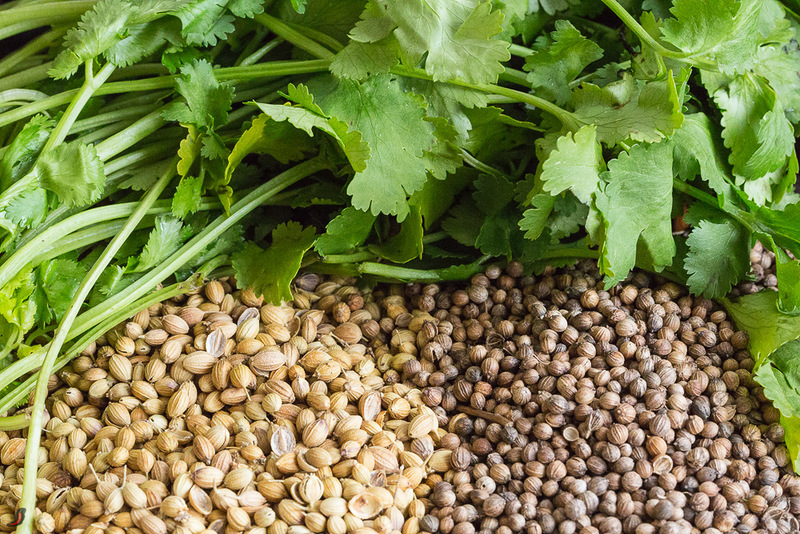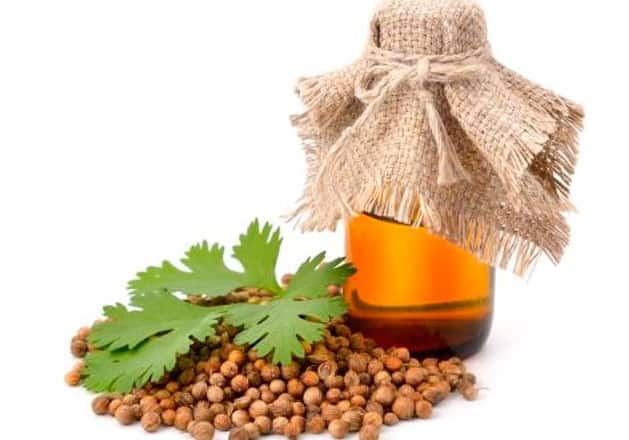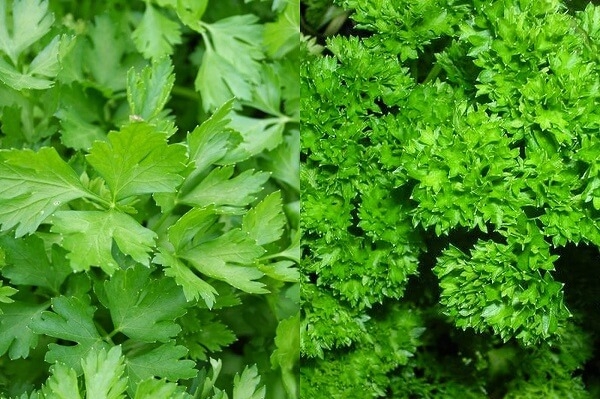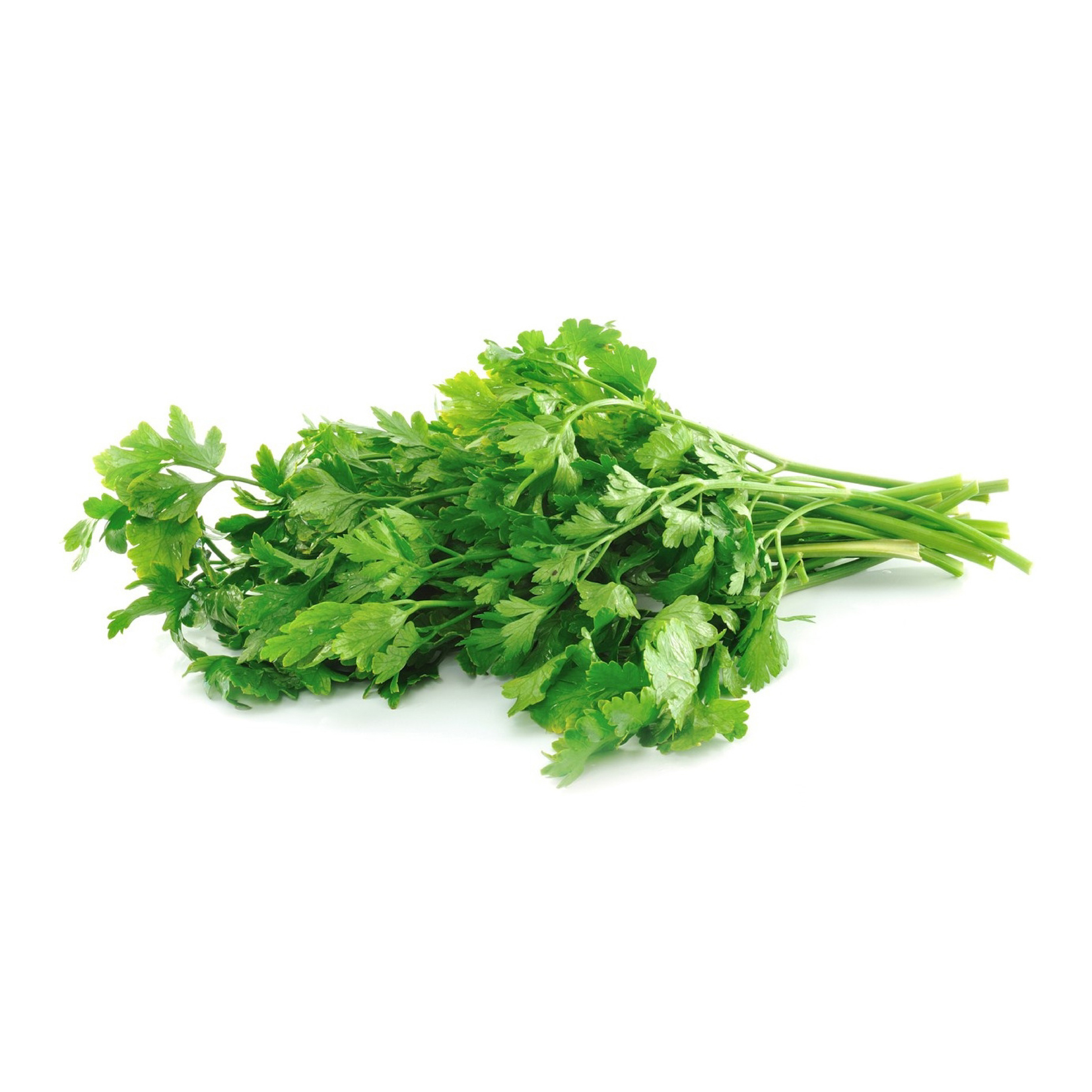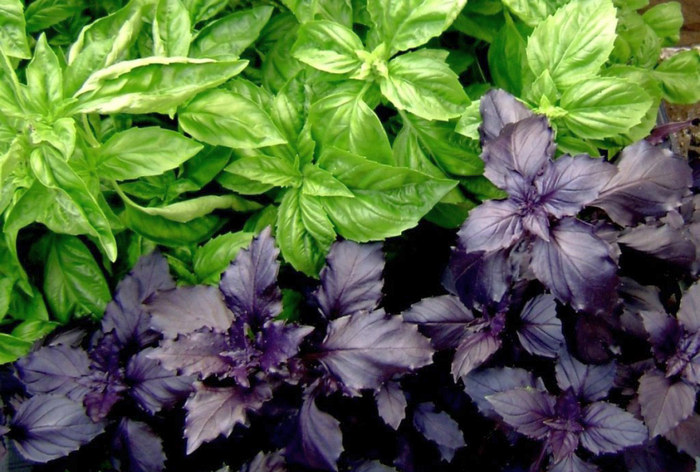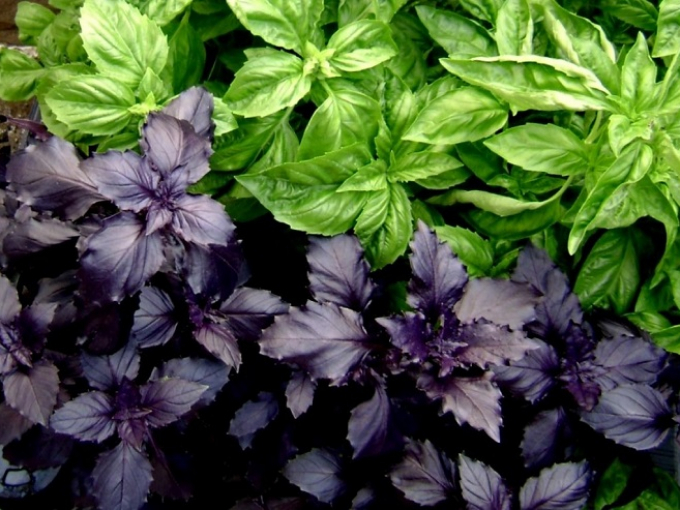Both of these names can be found in cooking, medicine, and cosmetology. They have many beneficial properties and have been known since ancient times. The culture of their consumption is also quite wide - they are used both in the Caucasus and in the Middle East or in European countries. However, few people know that coriander and cilantro are essentially the same plant. The only difference is that the first is a seed and the second is a plant (harvested and used in green).
Useful properties of coriander
Outwardly, coriander is a solid ball-shaped seed, so many people confuse cumin and coriander, but these are completely different plants. They are outwardly similar, but only because they belong to the same family. Moreover, they differ significantly in chemical composition. So, coriander contains the following elements:
- fats and oils that are actively used for cosmetic purposes;
- acids (stearic, oleic, linoleic and others), which are necessary for the body for stable and healthy functioning, the synthesis of necessary hormones, dissolution of unnecessary elements;
- vitamins of groups A, B, C and E, which allows the plant to be used for medicinal purposes;
- sugar substitutes (fructose and glucose), which allows it to be used for weight loss;
- substances that are good for the skin (for example, pectin);
- trace elements necessary for normal life (iron - for blood circulation, calcium - to strengthen bones, sodium, phosphorus and magnesium - to improve the functioning of the brain and nervous system, as well as potassium, which contributes to the stable functioning of the heart and cardiovascular system).
Experts have identified the following useful properties of coriander. Firstly, this plant is low in calories, which means that it can be eaten by those who seek to lose weight. In addition, with its regular use, cholesterol and blood sugar levels are reduced, which has a beneficial effect on overall well-being, improves the condition of the cardiovascular system and prevents many diseases. It is recommended for hypertensive patients suffering from cardiac arrhythmias, as well as those with a high level of platelets in the blood.
An important property of coriander is to slow down the aging process, as it contains antioxidants that keep the skin and mucous membranes of the body healthy. In addition, the presence of antioxidants avoids the harmful effects of free radicals, which means it prevents the appearance of malignant neoplasms in humans.
Coriander, parsley and some other plants of this family contain adrosterone - a natural analogue of the main male hormone - testosterone. The regular use of these plants in food by men helps to increase sexual desire, increase efficiency and endurance, and maintain a good mood. Coriander is also used for medical purposes to improve the quality of sperm in the treatment of male infertility.
This plant is also irreplaceable for those who dream of losing weight. Despite the presence of all the essential amino acids, vitamins and beneficial trace elements, coriander contains a small amount of calories. At the same time, it removes excess fluid from the body, which also contributes to the process of losing weight.
For cosmetic purposes, oil from these seeds is actively used.Its regular application to hair promotes hair growth, prevents split ends. In addition, coriander oil effectively nourishes the hair follicles, which means it prevents baldness, which is important for men and gives a pleasant shine to the hair, which already attracts women. Various masks are made on the basis of the oil, which can be used both in professional and domestic conditions.
Features of cilantro
Coriander greens are called cilantro. Outwardly, it differs little from parsley. This small green plant reaches a height of 70 centimeters. The shape of the root resembles a spindle. Just like parsley, the cilantro stem is smooth, but closer to the top, it begins to branch out. Parsley has the ability to differ from cilantro only in taste, the shape of the leaves is almost identical.
Coriander has a white or pink flower; as a rule, a lot of them are located on the stem, this is a rather beautiful sight. Cilantro blooms in June-July. Each inflorescence forms a kind of umbrella, for which they received the name Umbrella. The flowers are easily pollinated, so at the end of the flowering period, instead of them, you can see the fruits - the seeds of the plant. They are in the form of hard balls and are called coriander (from the French coriandre). The fruits of the plant ripen in July (if it grows in the south) or in August (if it is grown in the northern regions). At the same time, the plant itself is quite unpretentious, does not require much maintenance, but it is annual, so it must be sown every year.
In terms of chemical composition, cilantro is very rich in vitamins. It is especially important that it contains vitamins of the PP group and choline - a substance that protects body cells from the harmful effects of toxins and free radicals. In terms of trace elements, the plant contains selenium, manganese, copper and zinc, therefore, its consumption contributes to the stability of the body's functioning, improving efficiency, concentration of attention.
In ancient times, cilantro was actively used by shamans in their rituals, but now its main application is concentrated in cooking. This spice is loved by the peoples of the Caucasus, who are known for their longevity and vitality, which is explained, among other things, by the beneficial properties of the plant:
- First of all, cilantro has an immunostimulating effect, therefore it is used for various inflammations caused by exposure to microbes and infections. It also has antibacterial properties, but at the same time does not disrupt the work of other body systems, as it happens after the use of artificial antibiotics. Helps stop bleeding due to the described properties;
- It can serve as an analgesic if the pain is spasmodic, has a relaxing and sedative effect (not as strong as mint or motherwort, but has a positive effect on the nervous system);
- Acts on the digestive system: it is used as a laxative or choleretic agent. At the same time it helps to remove toxins from the body
- The elimination of unnecessary substances, coupled with the suppressive effect of the plant on malignant neoplasms, makes cilantro one of the most effective means for preventing such a terrible disease as cancer.
How to tell coriander from cilantro
Coriander is cilantro, which means that they are no different from each other. The first word denotes seeds, and the second denotes a green plant. However, it should be borne in mind that, in fact, the same plant should be used in different ways. This is due not only to the difference in the chemical composition of the spices, but also to the difference in tastes.
Most often, coriander and cilantro are used in cooking, and you can buy them in a regular supermarket, only in different departments.The first one is sold in the section where you can find spices in bags, next to black pepper, cumin, and so on. Cilantro most often lies on the shelves next to greens.
In Asian countries, the described spice is added to almost every dish, giving it a special taste.
In the Caucasus, this spice is added to almost every type of sauce: adjika, tkemali, satsibeli. Cooking real pilaf, kharcho soup or carrots "in Korean" is not complete without it.
In addition to the taste, there are also medical contraindications for the use of cilantro and coriander:
- Firstly, spices are not recommended for people who have gastritis or stomach ulcers. For them, the acids present in seeds and greens can lead to an exacerbation of the disease, they may even require urgent medical attention;
- Second, sleep disturbance is one of the most common side effects of excessive consumption of these spices. At the same time, within reasonable limits, this plant has a relaxing effect on the body, normalizes the functioning of the nervous system. Thus, in order to avoid negative consequences, it is enough to simply use the plant in moderation;
- Thirdly, the spice changes the taste of breast milk, so it is not recommended to use it during breastfeeding and during pregnancy, so as not to cause allergies.
So, coriander and cilantro have many health benefits when used wisely. The fresh plant has a large amount of vitamins and trace elements and is actively used in the preparation of various dishes. Valuable coriander oil is produced from the seeds, which is used not only in cooking, but also in cosmetology, since it has a positive effect on the skin and hair. Answering the question that many ask: what is the difference between coriander and cilantro, we can conclude that nothing. This is the same plant, only the seeds are called coriander, and the stems with leaves are called cilantro.
